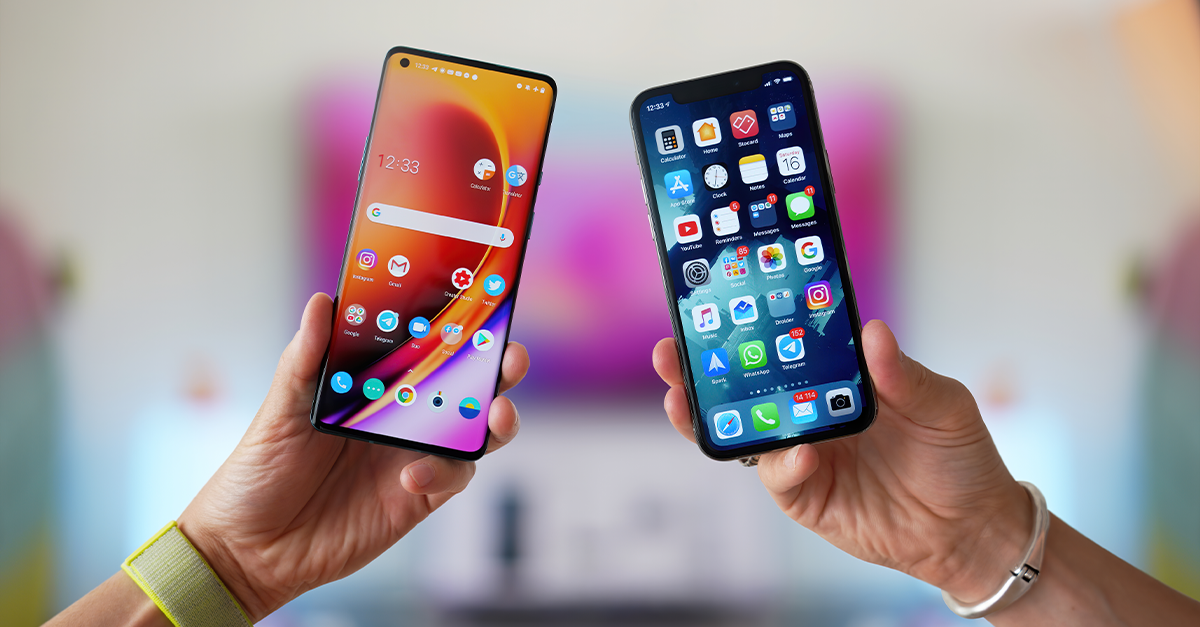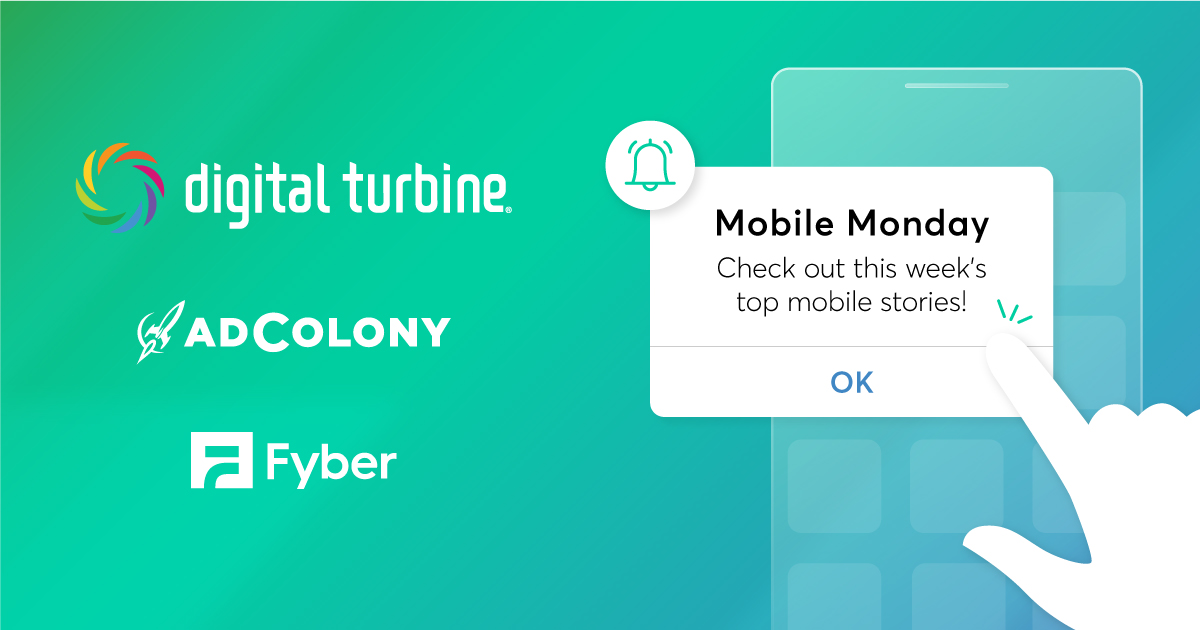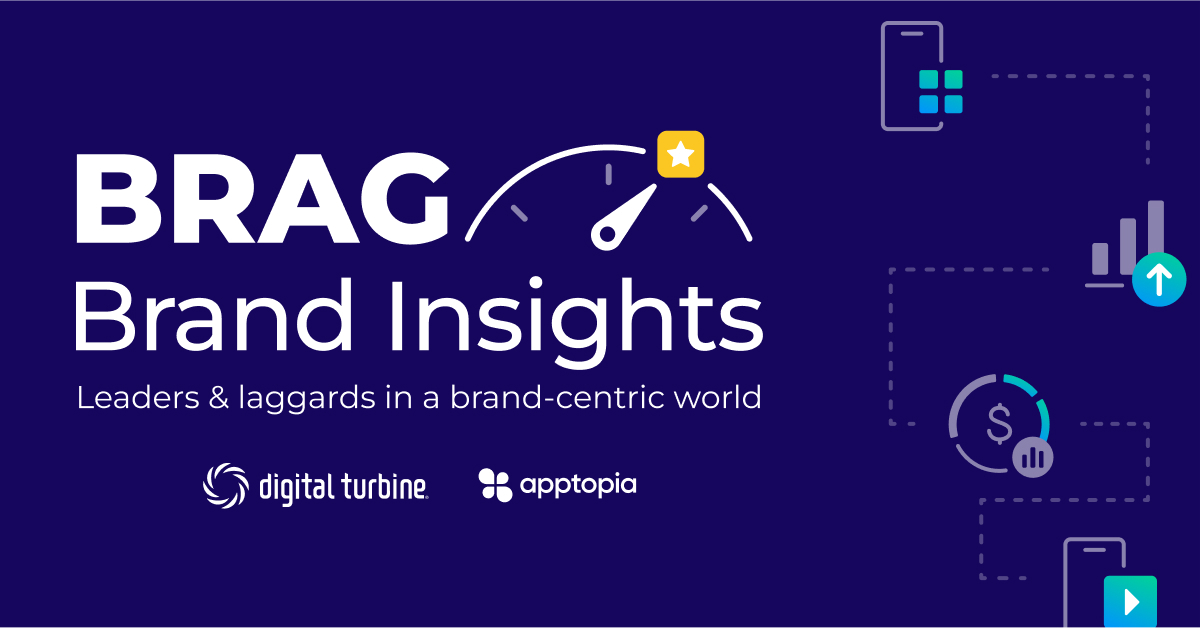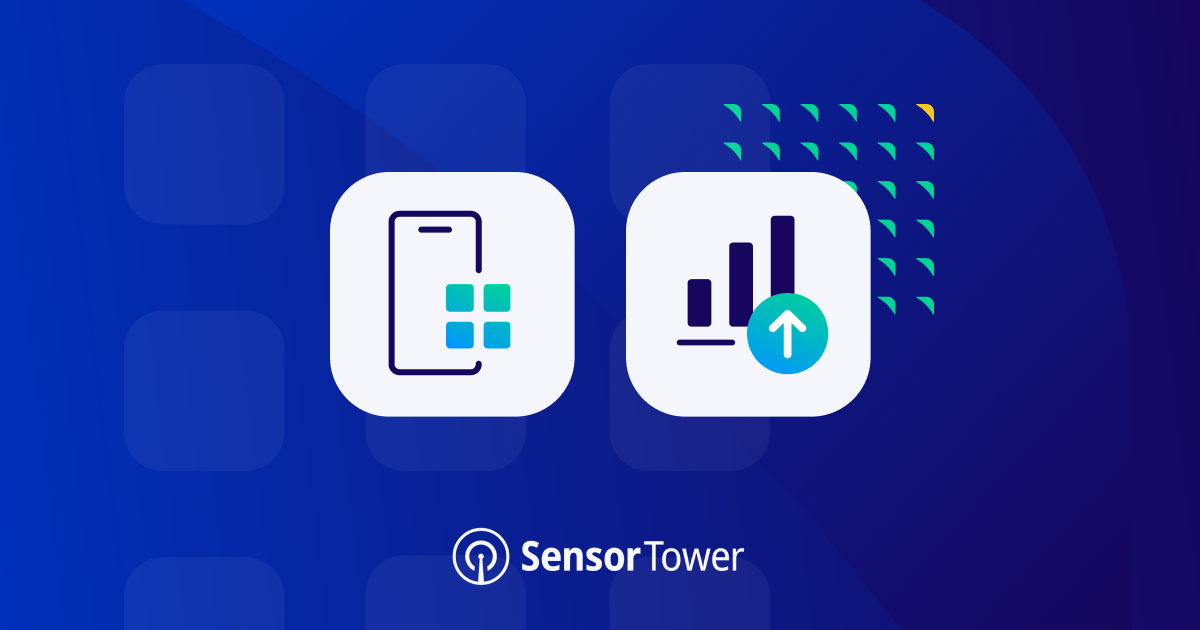In review of the industry over the first half of this year, many mobile marketers are coming to grips on how to best optimize in a privacy-centric world, and with that, are looking to Android in order to reach a diverse audience. Some are worried about the shift to Android and losing access to iOS audiences. However, Android users and gamers hold just as much power and possibility as mobile iOS users.
According to eMarketer, by June 20th, ad spend budget shares were largely skewed in favor of Android devices as they received 70% of budgets compared to Apple’s 30% share. As more and more users begin to adopt iOS 14.6 and either choose to opt in or out to tracking, more brands and marketers are looking to Android to create meaningful connections with users.
Though we have seen opt-in rates higher than previously expected for iOS devices, marketers and publishers are still discovering meaningful ways to use SKAdNetwork, so there will still be a focus on Android for the time being before all the wrinkles are worked out with Apple’s privacy regulations. In addition, as Google’s own privacy regulations may be coming later than anticipated, they will have the chance to see how Apple handles their rollout before debuting a similar policy, and at that point, marketers may keep an emphasis on Google even after more privacy measures are enforced on Android.
Behaviors of Android Users
When focusing more on Android users, what types of audiences will marketers see? Traditionally, iOS users are thought to be more affluent based on the price disparity between Apple and Android devices. However, there are very similar devices within both operating systems that maintain a premium price, indicating that the demographics of Android users are more similar to those of iOS users than previously believed.
By targeting Android users, marketers will have access to about the same size audience as iOS users as Global Web Index’s data indicates that 84% of users with an Android operating system play games on a smartphone or tablet, which is closely followed by the 82% of users who play mobile games on iOS. Much like users who play mobile games on iOS, 70% of users who play games on Android spend an hour or more each day online on a mobile device, according to data from GWI.
Android users are just as likely to make an in-game or game add-on purchase as 22.3% of Android users made one of these purchases in the last month, compared to 23% of iOS mobile gamers. When it comes to game genres on mobile, a higher percentage of Android users play games related to action/adventure, battle royale, puzzle, racing, shooter, sports, strategy, and more. By working with mobile game publishers in these genres, brands have an opportunity to reach a wide audience of Android users.
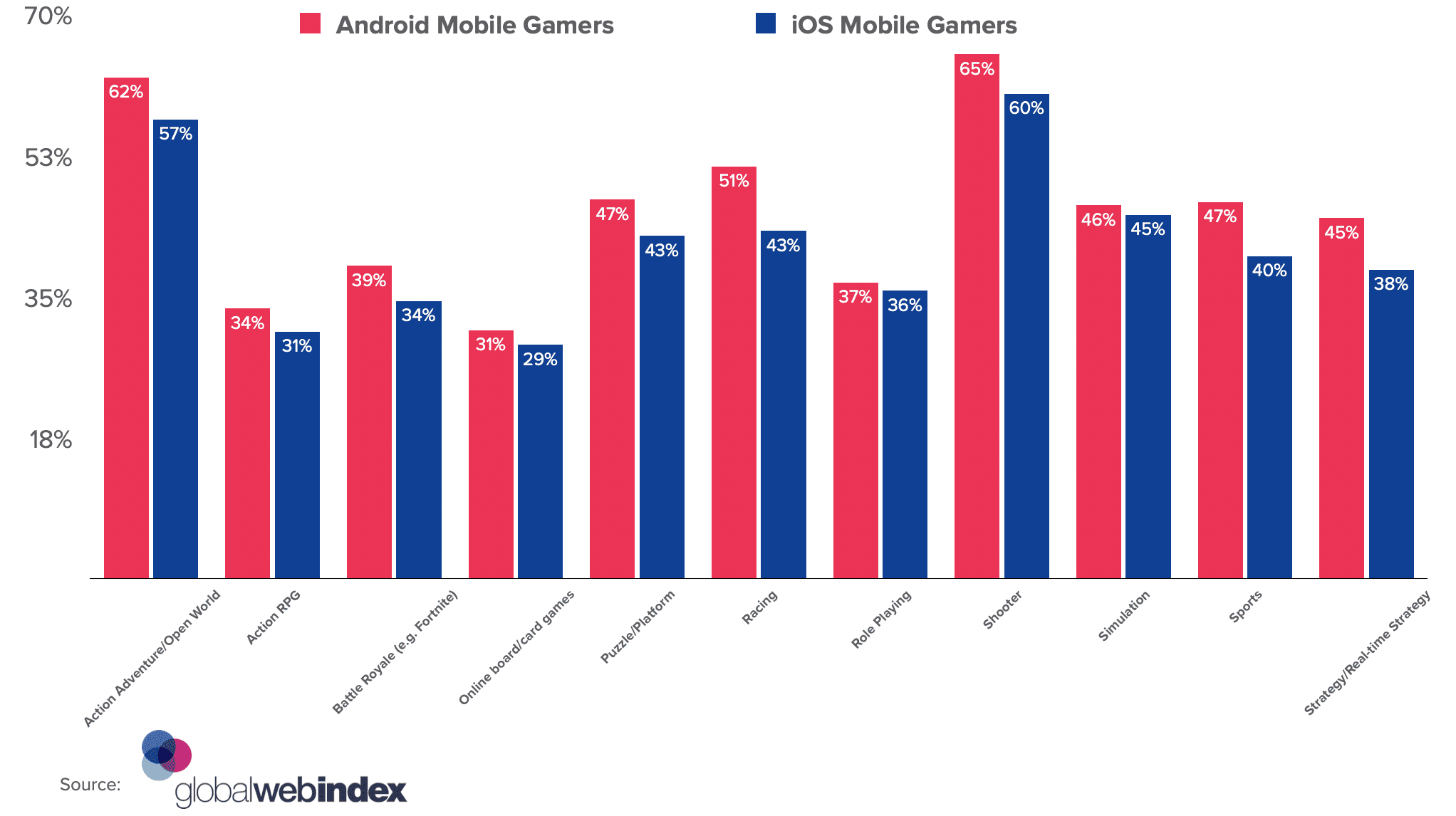
Android and iOS users also have similar behaviors outside of gaming. More iOS users drive a car regularly or semi-regularly (78% compared to 72% who game on Android). On the other hand, 53% of users who game on Android use public transportation regularly or semi-regularly, compared to 45% of iOS users. Almost half of users within both operating systems drink alcohol regularly or semi-regularly, about a fifth will play a branded game, and around 60% will use the internet to research brands or products.
Similarly, 79% of both Android and iOS users eat fast food at least once a month, and slightly more Android mobile gamers (54%) compared to 53% of iOS mobile gamers will visit the cinema at least once a month. While it may be difficult for some mobile marketers to deal with the loss of certain audiences through iOS devices, there is still a large, engaged audience playing mobile games on Android that share a lot of the same lifestyles, behaviors, and gaming interests. With the large number of Android mobile gamers and audience segments, it is no surprise that the industry is seeing a lot of growth from Google and Android devices in 2021.
Growth of Google Play and Android
The latest Sensor Tower report indicates that while the industry as a whole may not have leapt as far as previously thought from 1H 2020 to 1H 2021, the Google Play store and Android have seen more positive growth. When it comes to revenue, the Google Play store is up 30% in the first half of 2021, leaving them with $23.4 billion in revenue and greater growth than Apple’s App Store, which grew 22.1%.
While both operating systems did see growth in revenue from 2020 to 2021, the same cannot be said for app downloads. When looking at global downloads, the App Store is down 10.9% for the first half of 2021, while the Google Play store saw an increase of 6%. In terms of consumer spending, the Play Store saw a 24.7% increase in consumer spending in mobile games from 1H2020 to 1H2021, while the App Store saw only a 13.5% growth.
While the industry adjusts to changes in privacy regulation, brand marketers and advertisers can rest assured that Android and Google will continue to grow and allow for connection with a wide range of mobile gamers.
Join the Conversation
Curious about shifts in the mobile industry? Tweet us @AdColony. For the latest AdColony mobile news and updates, follow @AdColony on Twitter, like us on Facebook, or connect on LinkedIn.
- Mobile Monday: Apple vs. T-Mobile Advertising, Consumers Want Personalization, and Q2 Mobile Gaming Spend - June 27, 2022
- Mobile Monday: Clever Digital Advertising, Mobile Game Monetization Methods, and the Growth of Mobile Gaming - June 20, 2022
- Building a Mediation with Purpose and Value - June 14, 2022
